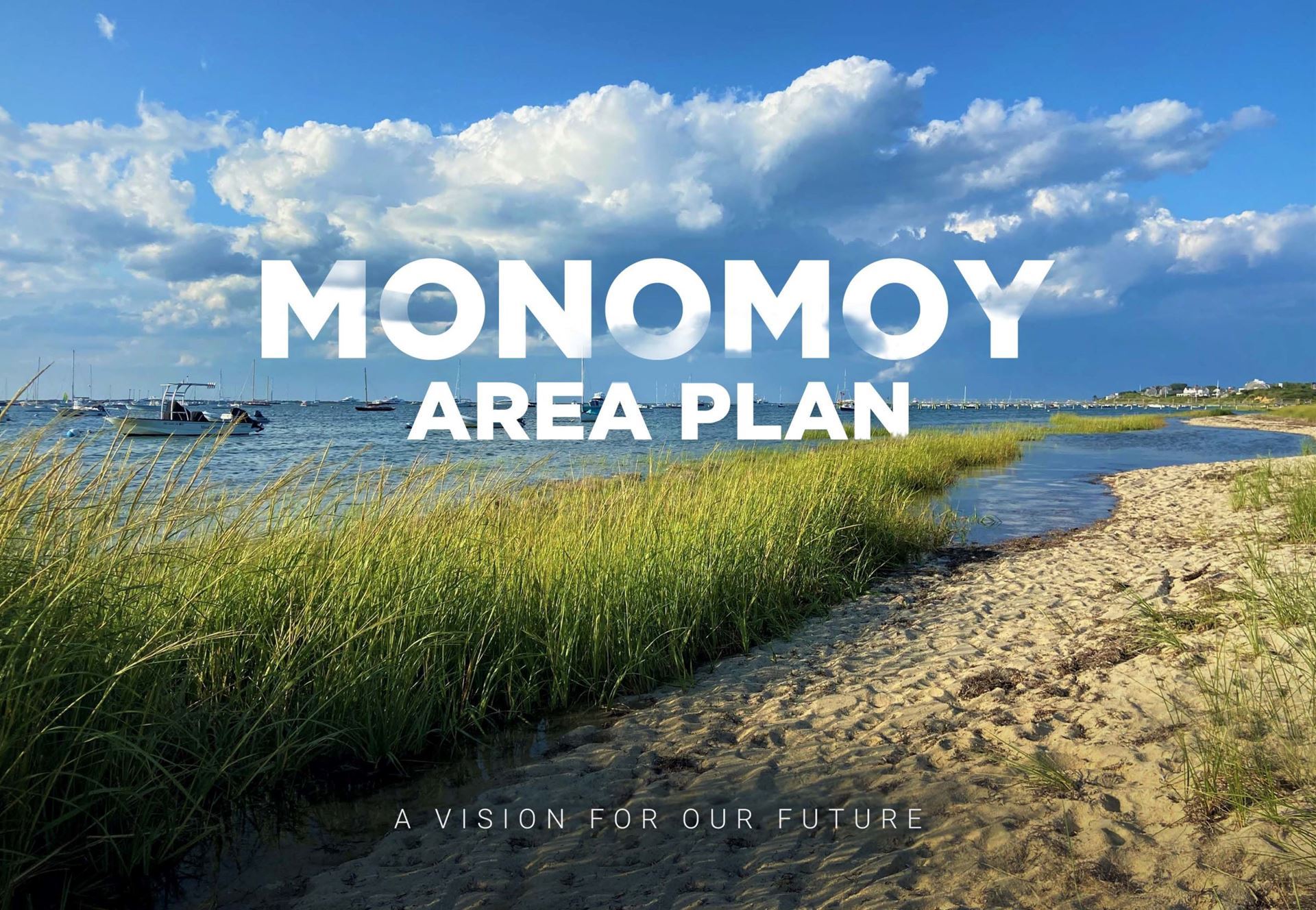taking action on the plan
It has been almost a year since the Monomoy Citizens Association finished work on the Monomoy Local Area Plan and presented it to Nantucket Planning And Economic Development Commission (NP&EDC). This work was completed by a large number of MCA members working under the expert guidance of Matthew Westfall.

In spite of the plan’s professional structure, and comprehensive findings supported by extensive primary and secondary data gathering, the NP&EDC has largely ignored its crucial findings and recommendations. In spite of that MCA has begun the process of studying how we can move forward with activities that can help remediate some of the issues that surfaced in the Plan. Below are several examples of how we intend to use the plan to help drive meaningful change on the island we all love.
